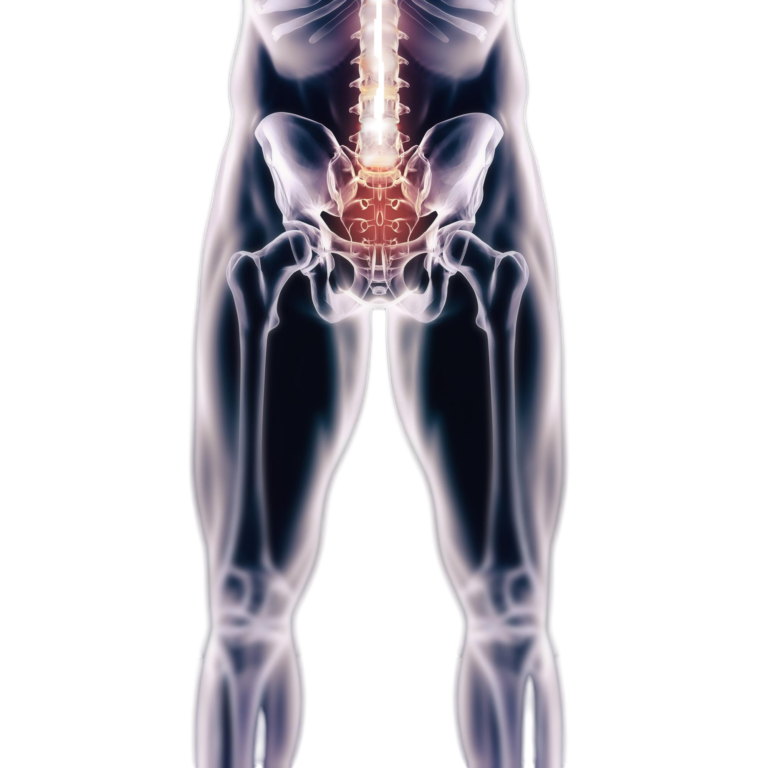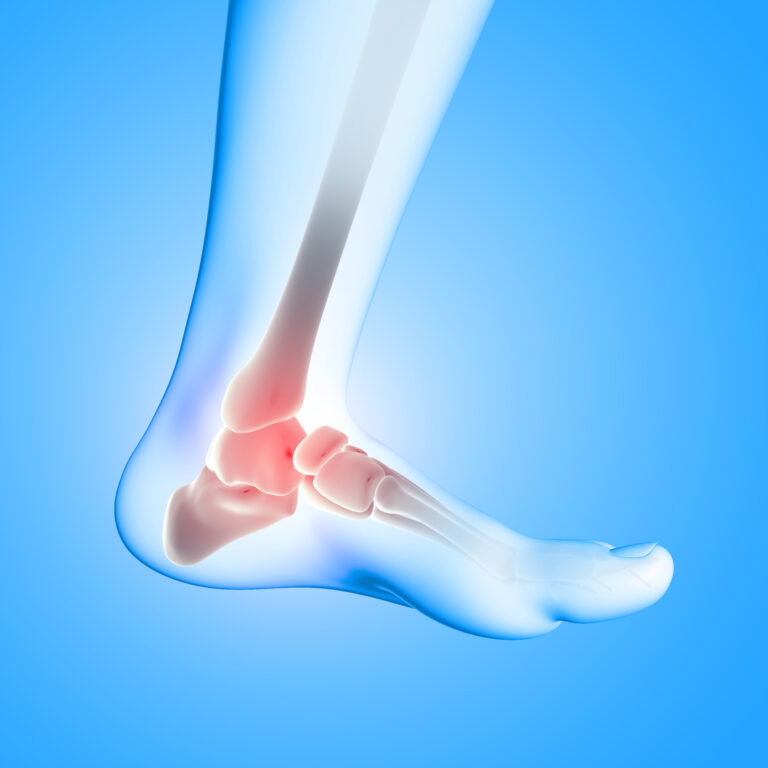Robotic knee replacement surgery offers not only clinical advantages but also economic considerations that are increasingly studied and analyzed. Here’s an exploration of the cost-effectiveness of this advanced surgical approach:
Initial Investment vs. Long-Term Savings
- Upfront Costs: Discuss the initial expenses associated with acquiring and implementing robotic systems in orthopedic practices.
- Long-Term Benefits: Analyze potential savings from reduced complications, shorter hospital stays, and improved longevity of knee implants.
Reduction in Complications and Revisions
- Lower Complication Rates: Review studies indicating that robotic surgery may lead to fewer post-operative complications such as infections and alignment issues.
- Decreased Revision Surgeries: Highlight how precise implant placement can lower the need for costly revision surgeries in the future.
Patient Outcomes and Quality of Life
- Enhanced Recovery: Explore how quicker recovery times and better joint function contribute to higher patient satisfaction and overall quality of life.
- Return to Function: Discuss the impact of faster rehabilitation and quicker return to daily activities on the overall cost-effectiveness of the procedure.
Optimization of Healthcare Resources
- Reduced Hospital Stays: Quantify potential savings from shorter hospital stays due to fewer complications and enhanced recovery.
- Operational Efficiency: Assess how robotic systems optimize surgical workflows, potentially reducing overall healthcare expenditures.
Comparative Analyses and Economic Evaluations
- Comparative Effectiveness: Compare cost-effectiveness data between robotic-assisted and traditional knee replacement surgeries based on clinical outcomes and economic metrics.
- Economic Models: Review economic models that calculate cost per quality-adjusted life year (QALY) gained with robotic surgery versus conventional methods.
Future Directions and Considerations
- Technological Advancements: Discuss ongoing advancements in robotic technology and the potential integration of artificial intelligence to further enhance cost-effectiveness.
- Increased Adoption: Predict the broader impact of widespread adoption of robotic systems on healthcare costs and patient outcomes.
Conclusion: Assessing the cost-effectiveness of robotic knee replacement surgery involves a comprehensive analysis of initial investments, long-term savings, patient outcomes, and healthcare resource utilization. As robotic technology continues to advance and more data becomes available, understanding its economic impact will be crucial for optimizing healthcare delivery and improving patient care.
Disclaimer: The information provided in this blog post is for general informational purposes only and should not be considered professional advice. Before making any health-related decisions, consult with a qualified healthcare professional. The content is not a substitute for medical advice, and individual results may vary. The author and website are not responsible for any consequences arising from the use of the information provided. Use your best judgment and seek professional advice when needed.



